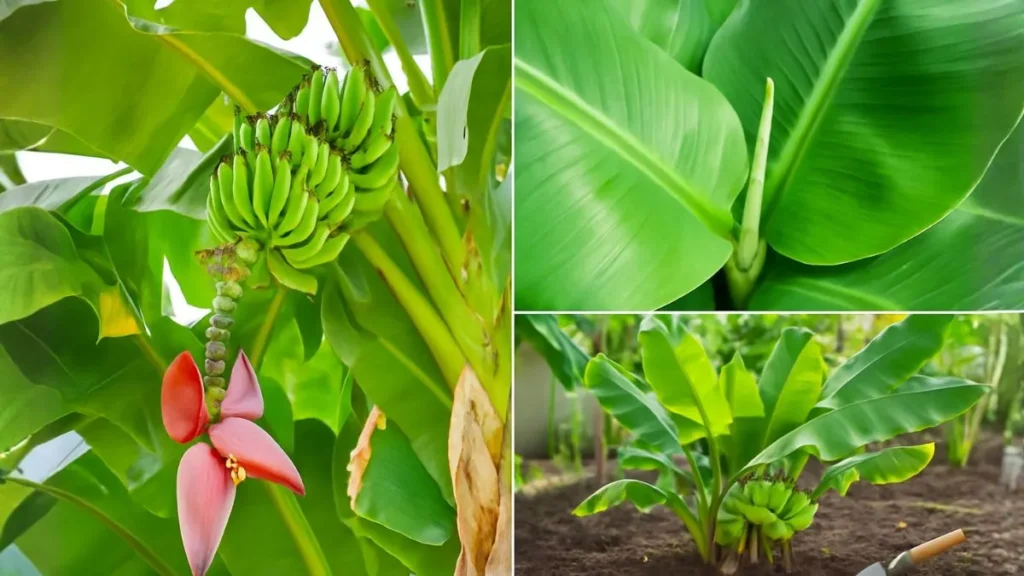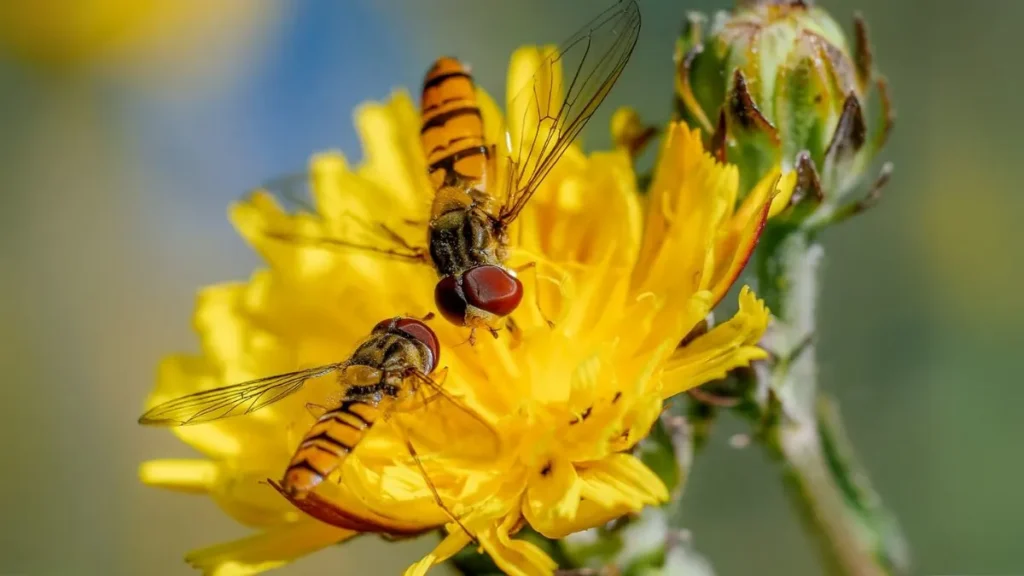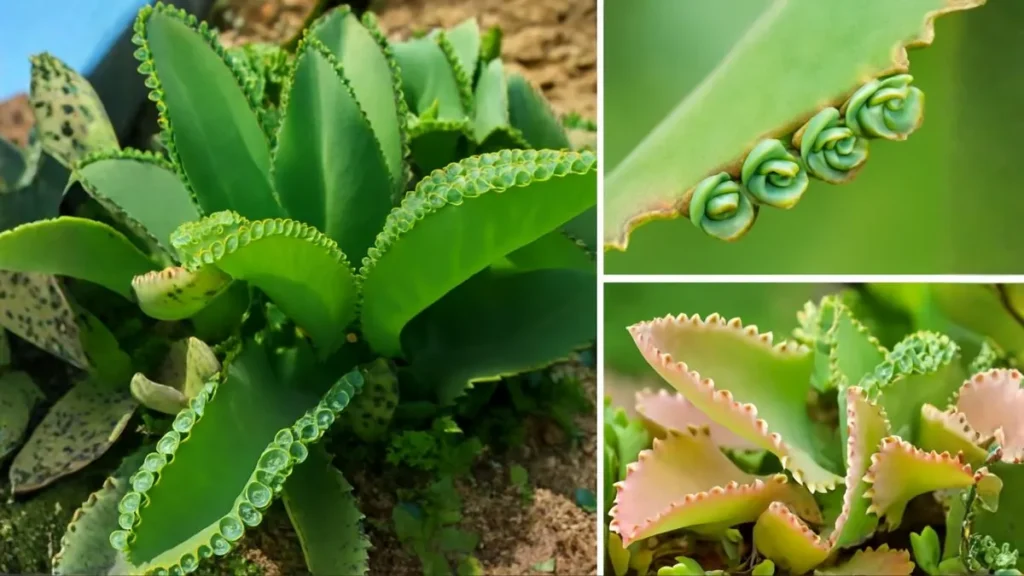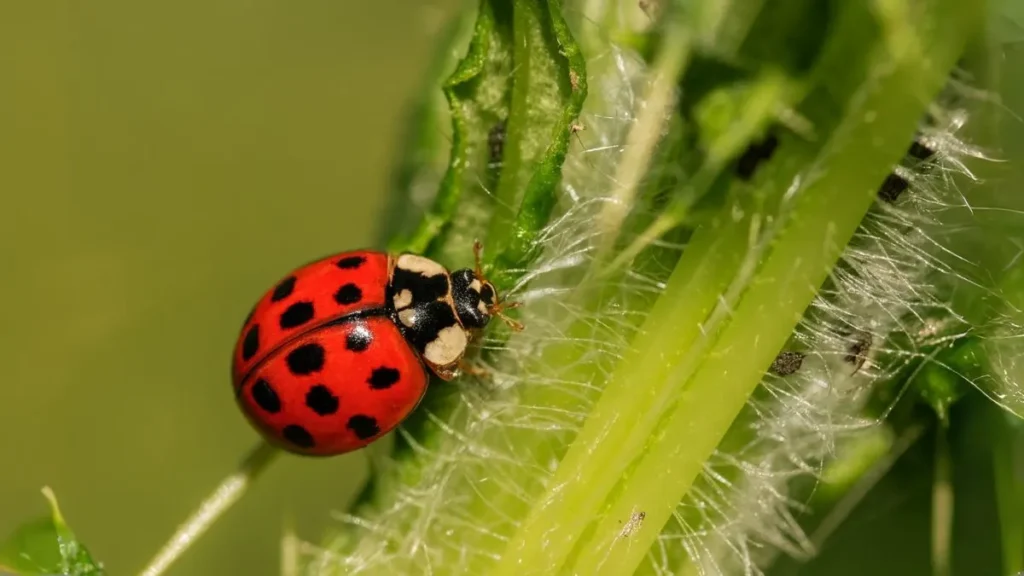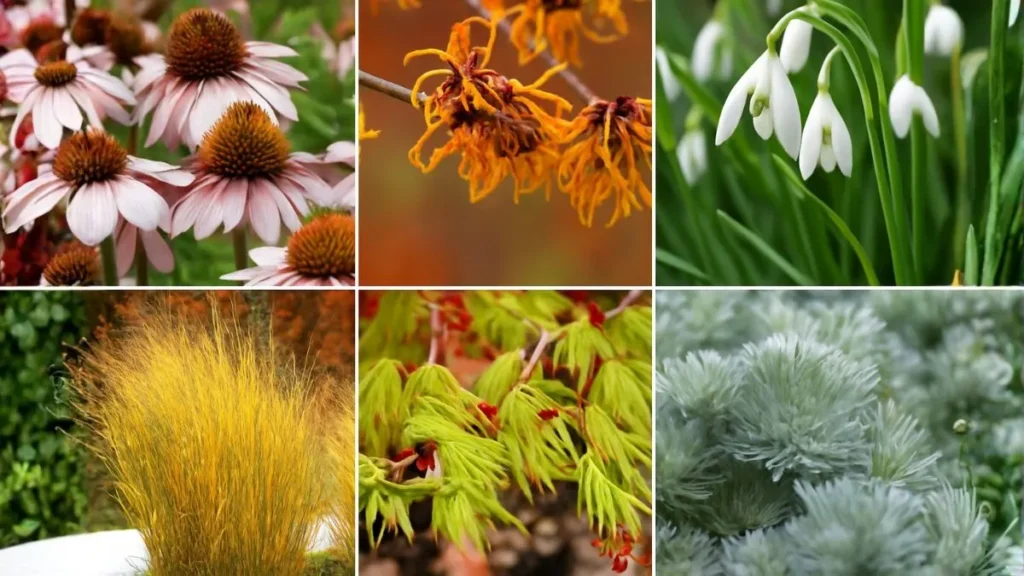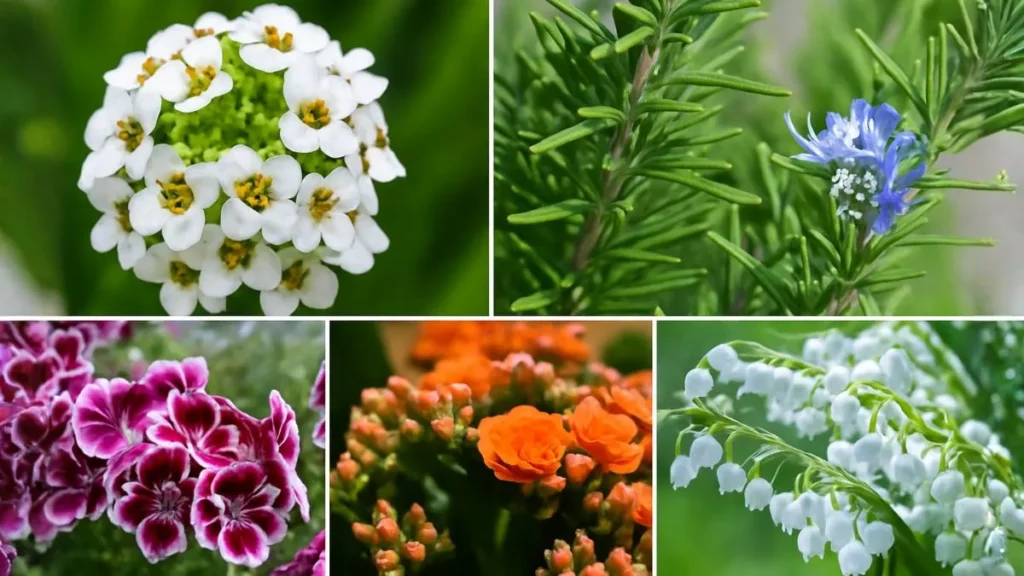Orchids are more than just flowers—they’re living works of art. Their blooms can turn an ordinary corner into a botanical masterpiece. But while most people enjoy them for a few short months, there are some orchid varieties that can keep flowering for much longer, even almost year-round.
I learned this lesson firsthand. My first Phalaenopsis orchids are beautiful and prolific—it bloomed non-stop for half a year. Then, after a short pause, it bloomed again as if it had been waiting for the perfect moment. That’s when I realized: with the right variety and care, you can enjoy orchids for far longer than you might think.
-
Phalaenopsis Orchids – Your Reliable Bloom Partner

If you’ve ever stepped into a garden store, you’ve probably seen rows of Phalaenopsis. They’re among the most popular orchids for a reason—these Phalaenopsis orchids are beautiful and prolific bloomers, often gracing your home with flowers for 3–6 months. And yes, they can bloom again within the same year.
Why They Bloom So Frequently:
- They thrive in warm indoor environments found in most North American homes.
- The orchid needs a 10F-15F temperature change in order to bloom again.
- They can rebloom from the same spike if you don’t cut it all the way down.
My Tip: Place them near a bright, east-facing window and slightly lower the temperature at night in early autumn. After all, fall is the best time for your orchid to rebloom naturally.

-
Dendrobium Orchids – The Showy Repeat Performers
If you prefer orchids with clusters of blooms that create an instant “wow” factor, Dendrobiums are your match. Some rest for a short time, while others seem to keep blooming on repeat.
Like Phalaenopsis, they respond well when the orchid needs a 10F-15F temperature change in order to bloom is provided. This seasonal shift tricks them into thinking it’s time to flower again.
-
Oncidium Orchids – The Dancing Beauties
Nicknamed “Dancing Lady” orchids, Oncidiums are a burst of personality with their frilly, skirt-like blooms. They can produce multiple flower spikes in a year—provided they get enough light.
If you’re struggling, remember that inadequate light is the number one reason orchids refuse to bloom. I almost gave up on mine after it stopped blooming after 6 months, but moving it to a sunnier spot brought it back to life within weeks.
Also Read: How to Identify Purple Dead Nettle
-
Cymbidium Orchids – The Winter Statement Makers
For gardeners in cooler climates, Cymbidiums are the ultimate winter orchids. They produce impressive sprays of flowers, often lasting for two months or more. While they naturally prefer cooler months, you can extend their season with a bit of attention.
A great trick is to keep them outside in summer, then bring them indoors as fall is the best time for your orchid to rebloom naturally. This seasonal change triggers their flowering cycle beautifully.
Why Orchids Pause Blooming (and How to Restart Them)
Even the most eager bloomers need rest. The main reasons they stop flowering include:
- Inadequate light is the number one reason orchids refuse to bloom.
- Lack of seasonal temperature variation—the orchid needs a 10F-15F temperature change in order to bloom again.
- Overfeeding during their rest period.
Quick Troubleshooting Table:
Problem |
Likely Cause |
Solution |
No flowers for months |
Low light |
Move to a brighter window or add grow lights |
Healthy leaves, no blooms |
No temperature change |
Drop nighttime temperature by 10F-15F for 2–3 weeks |
Blooms fall too quickly |
Dry air or heat stress |
Increase humidity and keep away from heating vents |
5 Steps to Keep Your Orchids Blooming Longer
- Seasonal Temperature Shift – Always remember, the orchid needs a 10F-15F temperature change in order to bloom again.
- Prioritise Light – Avoid the biggest mistake: inadequate light is the number one reason orchids refuse to bloom.
- Be Patient with Spikes – Some orchids flower again from old spikes; wait for them to fully dry before trimming.
- Feed Smart – Fertilise during active growth, then cut back during rest.
- Follow Nature’s Calendar – Fall is the best time for your orchid to rebloom naturally, so plan your care accordingly.
Also Read: White Clover Secrets: Why This “Weed” Is a Lawn Saver and Natural Remedy
My Never-Ending Orchid Story
One of my beloved Phalaenopsis orchids stopped blooming after 6 months, but I didn’t give up. I moved it to a slightly cooler windowsill in September, and by November, it was full of buds again. This simple temperature tweak reminded me why fall is the best time for your orchid to rebloom naturally.
Orchids Without the Waiting Game
Keeping orchids in bloom for months isn’t luck—it’s knowing their natural rhythm and giving them the environment they need.
Whether you choose Phalaenopsis orchids are beautiful and prolific for their forgiving nature, Dendrobiums for drama, or Oncidiums for charm, the formula remains the same:
- Give them light.
- Adjust the temperature, because the orchid needs a 10F-15F temperature change in order to bloom.
- Don’t lose hope if they’ve stopped blooming after 6 months—the next show might be just weeks away.
With patience and consistency, you’ll have an orchid display that turns heads all year long.
